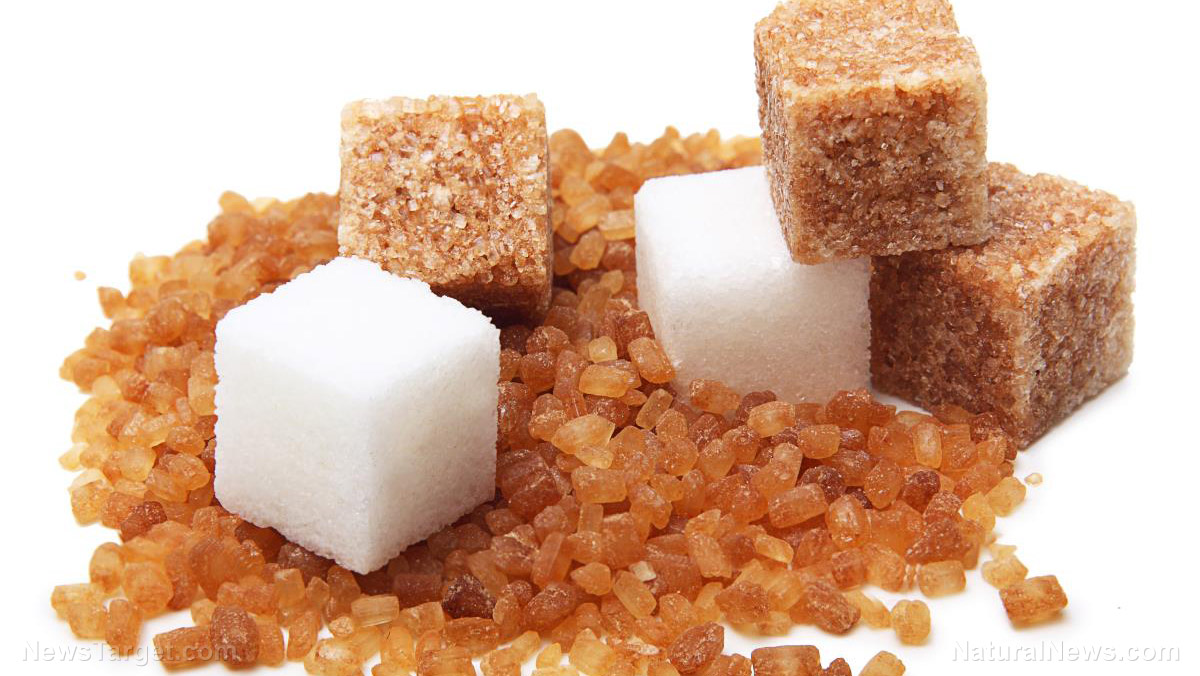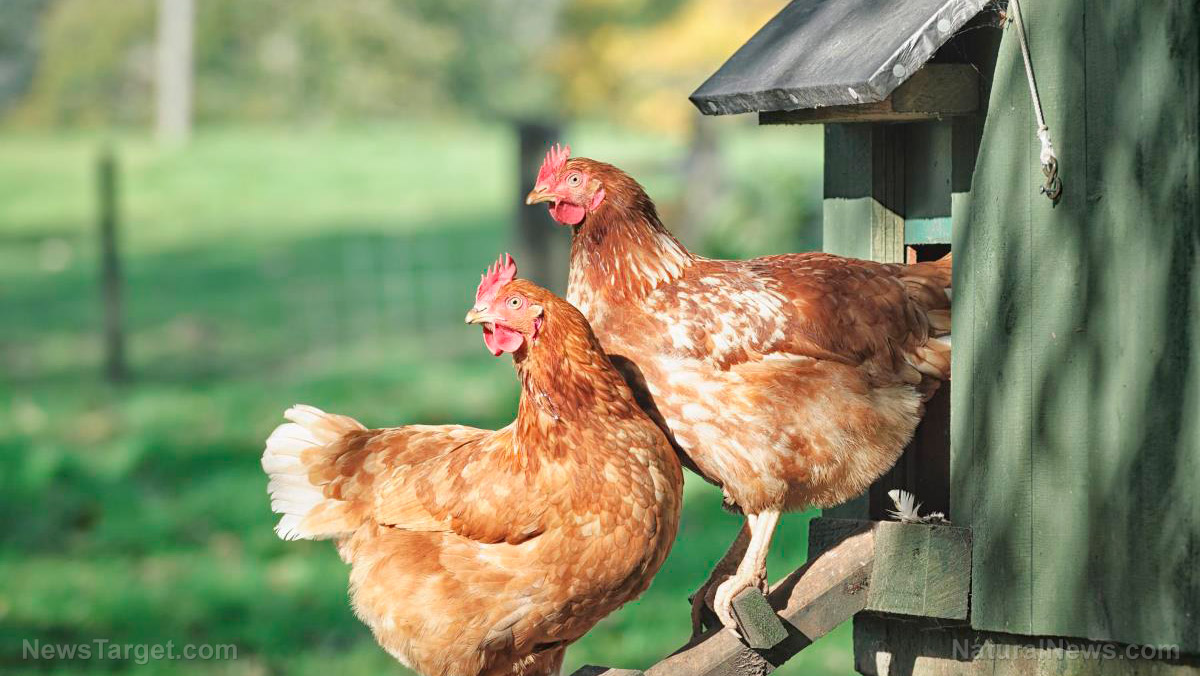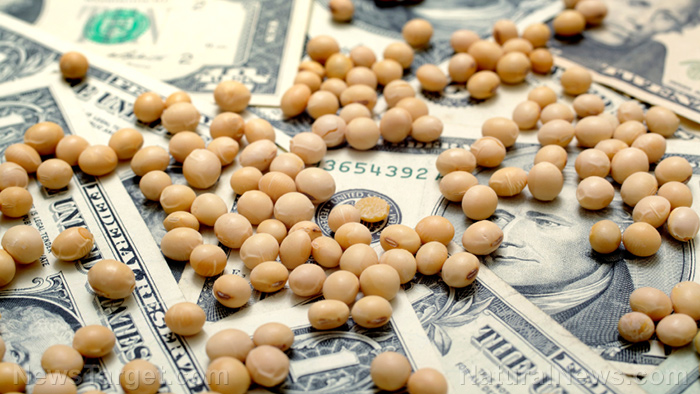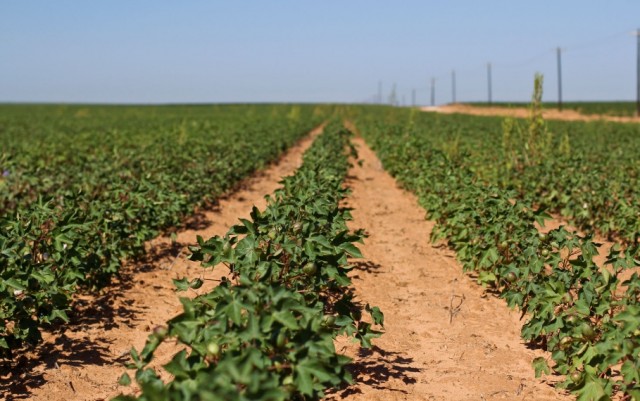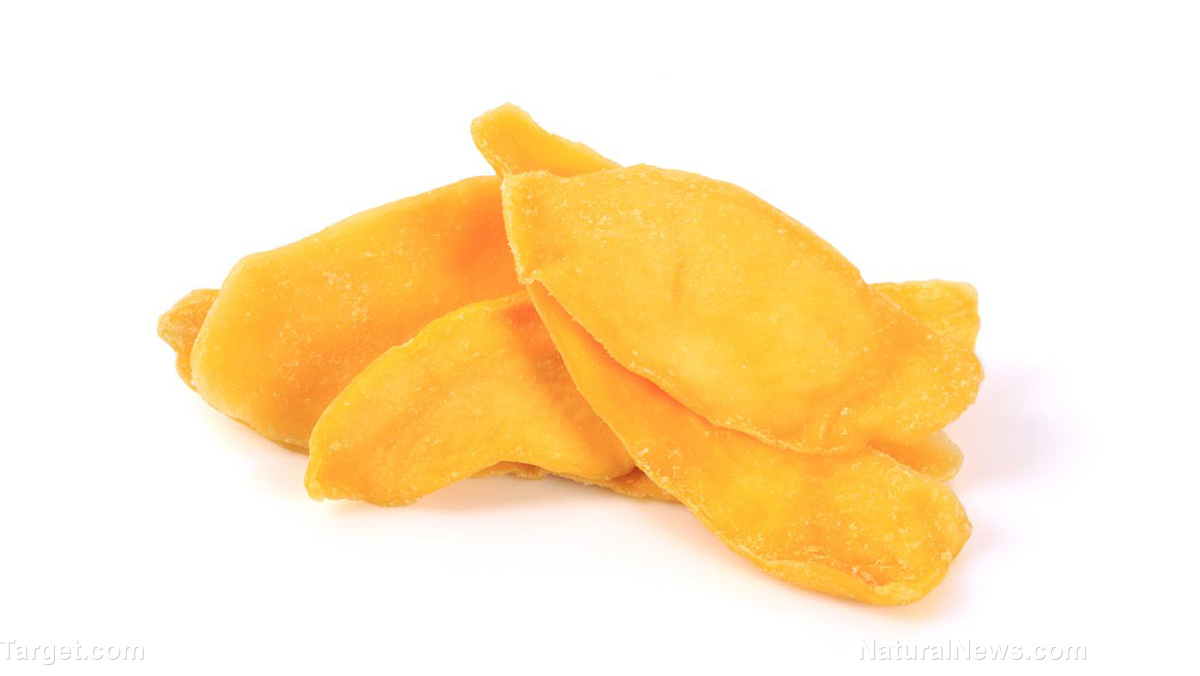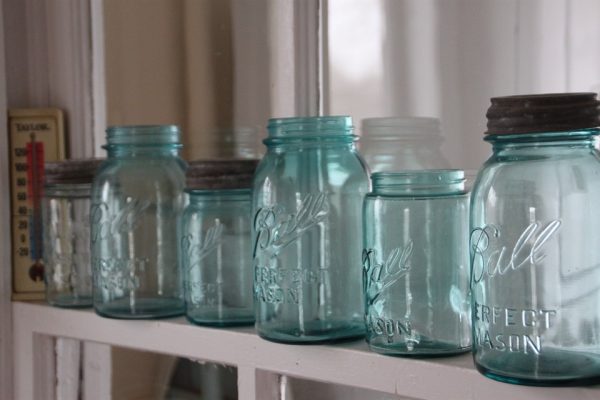Have you heard of the tree collard? It’s a great addition to any survivalist’s garden
08/04/2018 / By Zoey Sky
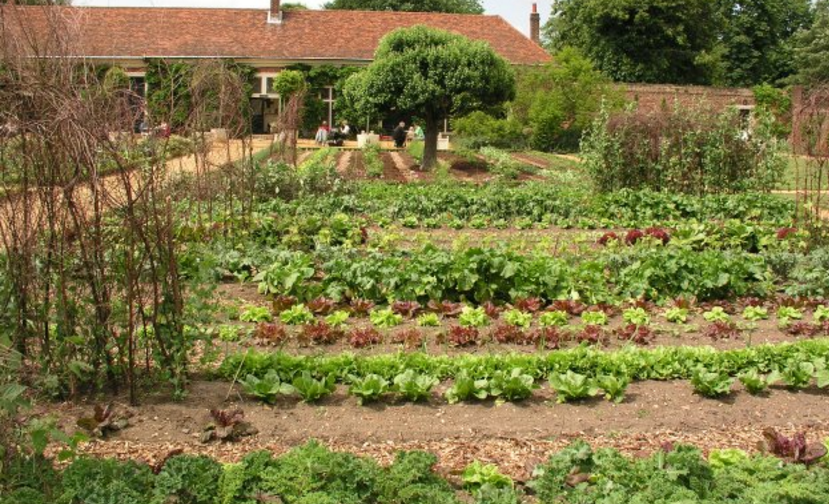
Tree collard greens are a superfood that can grow all-year round and they can reach to at least eight to 12-feet tall. The leaves of this plant look and taste like the outside leaves of a cabbage, but they don’t form a “head” like the latter.
Once the plants are at least four to six feet tall, cut the top foot of the main stem off to allow more side branches to grow. Cutting the trees short makes their leaves smaller and letting them grow tall makes the leaves bigger. Keep in mind that letting them grow very tall is not advisable because strong winds might blow them over. Stalk tree collard greens with a 10-foot pole with a three-foot base buried underground if you want to keep them standing tall.
Tree collards rarely produce seeds, but you can propagate them with cuttings. Cut a non-woody healthy branch that can be cut into more than two cuttings about four to six inches long with at least six to eight nodes each. With a good-sized branch that has nodes spaced closely, you can get up to six cuttings of tree collards. Cuttings can also be six to eight inches long with nodes spaced apart but refrain from cutting longer than 12 inches. Remove all the leaves from the cuttings except for one or two upper leaves.
To cut and grow roots, you must first determine the top from the bottom of the tree collard cutting’s nodes. The bottom part of a node is more curved than the top, and the top part is where the new roots/leaves will grow out. The nodes often look like a smile or a heart when the cuttings are on the right side up.
Cut the top diagonally or at an angle to prevent water retention and rotting. Cut the bottom parts flat, removing at least an inch and cutting below the succeeding node. This lets the cutting receive more water. Clean, fresh cuts also encourage the growth of a good root system, and the flat cut will help you remember which way to plant the cuttings.
Put each cutting in a 1.5-2-inch hole in the three-inch deep mounded soil. Make sure that the nodes are under the mound and three nodes are above the ground. Put the flat cuts under partial shade and keep them evenly moist. When planting during summer, put the flats under full shade.
Transplant the cuttings in spring or while the weather and temperature are mild. Each cutting should have one strong stem, so remove the extra stems. Plant the cuttings a foot away from each other. Put smaller leaves in nine-inch holes and put bigger leaves in 15-inch holes. Smaller leaves mean a longer harvest time with a large number of leaves.
.
Harvesting tree collard greens
Tree collard greens are best sold and consumed when the leaves are harvested during colder weather. The sweetest leaves are harvested after a light frost.
The best larger leaves are 40 percent purple and 60 percent green and they are the most delicious. Green leaves aren’t as sweet, so leave at least five leaves on top of each stalk and six to eight during winter so the plant has enough leaves for photosynthesis.
When harvesting stems with small leaves, remove about 1/3 of the tree collard leaves. Let purple leaves on the bottom fall from the stem naturally. Don’t remove them because the leaves on top will turn purple the next day and reduce your yield.
Prune tree collards two to three weeks before the hottest days of summer to give them enough time to grow for the winter harvest season. Prune them two feet during the first year, 2.5 feet on the second, and three feet on the third. Prune twisted or bent, woody, and weak stems. Leave about three to four of the strongest and healthiest stems.
Loosen the soil three to four inches deep between each stem and around the bed edges to let water in easily. This will aerate the soil without disturbing the roots in the process. Water the plants well at least six minutes for every 100 square feet.
Tree collard greens can be used raw or cooked in any dish that requires cabbage, collards, and kale. Take note that the greens cook longer than kale. The stems can also be eaten, and they are twice as sweet than the leaves. A simple recipe for steamed tree collard greens includes sauteed onions and garlic.
You can read more articles about other versatile vegetables and survival plants at FoodSupply.news.
Sources include:
Tagged Under: B. oleracea, Brassica oleracea, Collapse, Collard greens, food supply, home gardening, homesteading, off grid, perennials, preparedness, prepper, prepping, SHTF, survival, survival food, survival garden, survival skills, tree collard greens





